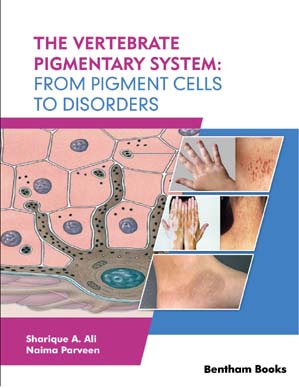Abstract
Melasma, vitiligo, lentigos, post inflammatory hyperpigmentation are the most common pigmentary disorders, which are caused by the altered production and distribution of melanin in the skin. Various intrinsic and extrinsic factors including ultraviolet radiation, food, chemical, certain medications, hormones etc. are responsible for affecting pigment cell functions with an altered amount of melanin pigment. As a result, pigmentation disorders are caused, which may be either hyperpigmentation or hypopigmentation. These are commonly seen in dermatology practice and can have a negative psychosocial impact on human life. In spite being of cosmetic concern, these disorders are devastating and stigmatizing; hence, there is an urgent need for effective treatment of pigmentary disorders based on their prevalence and impact on the quality of life. Prevalence of pigmentary disorders has been assessed in many countries of the world. In the present chapter, we have discussed about the prevalence of pigmentary disorders with their impact on quality of life and social status of an individual.
Keywords: Dermatology, Pigmentary disorders, Prevalence, Psychosocial, Quality of life.






















